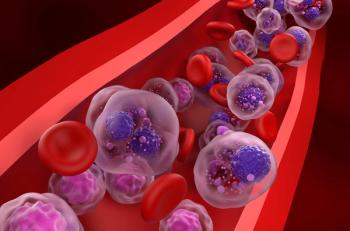
Drug Approvals to Treat Neglected Diseases Have Nearly Doubled
A new study released by the Tufts Center for the Study of Drug Development reports that annual drug approvals for neglected diseases have nearly doubled since 2000, and patient access to these therapies has improved markedly.
A new study released by the Tufts Center for the Study of Drug Development reports that annual drug approvals for neglected diseases have nearly doubled since 2000, and patient access to these therapies has improved markedly.
The Tufts Center for the Study of Drug Development (CSDD) announced yesterday that annual drug approvals for neglected diseases have nearly doubled in recent years—from an average of 2.6 per year from 2000 through 2008 to an average of 5 per year from 2009 through 2012. During the latter period, the Tufts CSDD Impact Report noted, these approvals have been focused on treatments for HIV/AIDS, malaria, and tuberculosis. The report also noted that there have been improvements in donation programs that provide these medications to patients with limited access to them.
Although they may sound similar to orphan conditions, neglected diseases fall into a distinct category. They are defined by the National Institutes of Health (NIH) as a group of tropical diseases that create “severe health burdens on the world’s poorest people.” Unlike drug development for orphan conditions, which is
Nonetheless, the Tufts study found that more than 1.1 billion treatments for neglected diseases were donated in 2012 by 6 drug companies: Novartis, Johnson & Johnson, Bayer, Eisai, Merck, and Pfizer. Of these, Novartis donated the most: 480 million treatments.
The study also found that the relatively low share (25%) of recently approved treatments for neglected diseases that have been placed on the World Health Organization’s (WHO) Essential Drug List reflects the WHO’s preference for low-cost, generic products.
The study authors, led by Joshua P. Cohen, PhD, assistant professor at Tufts CSDD, noted that although the upward trend in approvals for neglected disease treatments is a positive sign, and donations of medications for diseases like leprosy and trachoma remain relatively high, R&D efforts to find treatments for neglected diseases have stagnated following a rapid rise from 2000 to 2007.
“While increased approvals may result in greater access to new medicines, policy makers need to ensure that safe, effective, and easy-to-administer products are adopted by health care systems, that they are affordable, and that they reach the people who need them,” Dr. Cohen said in a
Newsletter
Stay informed on drug updates, treatment guidelines, and pharmacy practice trends—subscribe to Pharmacy Times for weekly clinical insights.






































































































































































































